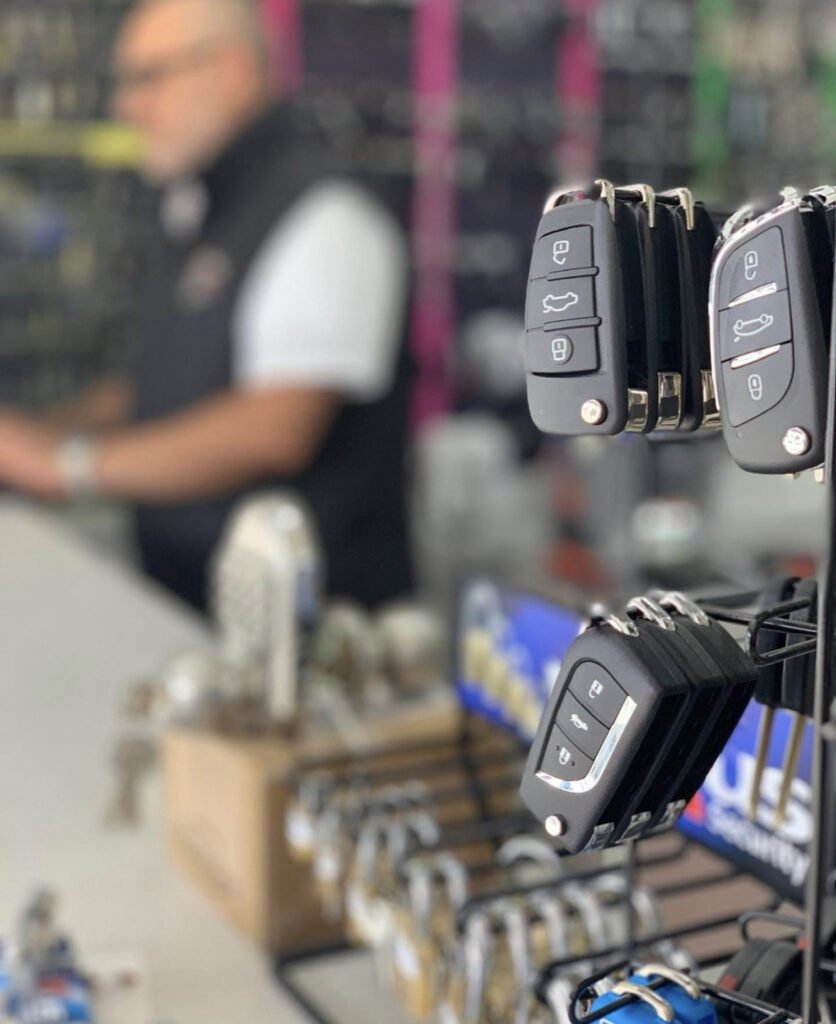What Is Car Diagnostics?
Car diagnostics can be used to identify the problem in a car. It involves analyzing all kinds of automobile equipment. However, it is more commonly used to refer to electronic-controlled vehicles. To determine if you have any issues the diagnostic procedure checks the fuel supply of your car sensors, filters, and fuel supply. Your car's engine management software will search for codes that relate to different components.
Check engine light
The Check Engine light is a warning that your car is experiencing issues. diagnostic car can blink or remain on for a long time. No matter what the cause, it is critical to have your car looked at by an experienced mechanic. You risk damaging your car’s emissions control system, including your catalytic converter if you do not address the issue.
It is important to know the way cars function in order to identify the cause of the check engine light. The computers in cars communicate with the driver via icons. The computer in the car detects an issue and turns the engine-shaped orange icon in the instrument cluster on. These problems can be anything from simple overheating to more serious.
A check engine light is an issue with your car's emission control system. This is a sign that there is an issue with the car's emission control system. It can cause the car to be unsafe to drive. If the problem isn't addressed quickly, it can cause more damage to your vehicle and more expensive repairs. Although the check engine light is not to be ignored, it is dangerous to drive.
An OBD-II scanner can be bought when you're not certain what the issue may be. The scanners are expensive, but they will give you an idea of the issue. They can assist you in deciding what you should do next depending on the severity of the problem. In the meantime, don't be worried if your car's check engine light is on Keep calm, pay attention to your car's symptoms, and make sure to get off the road as soon as possible.
Oxygen sensor tests
There are two methods to check the oxygen sensors in your car. First, use an OBD2 scan tool to test the voltage on the oxygen sensor. If the sensor is functioning correctly, the voltage should move from rich to lean with a steady speed. The voltage should hover between 0.1 and 0.9 voltage. If it fluctuates, it is likely a problem with the oxygen sensor.
If the readings remain consistent, the oxygen sensor is working correctly. It should be in the range of 100mV-900mV. It should be within the range 100mV-900mV. If it is less than this, it is a sign of an issue. If the readings rise to over this threshold, the sensor isn't functioning properly. Next, disconnect the hose from your PVS valve. This will allow for a lot of air to flow into your engine.
A voltmeter is the most effective way to check the voltage in your car's O2 sensor. You will need to use a high-quality voltmeter. This is because the voltage from your car's o2 sensor should be between one millivolt and one volt.
If you aren't sure about the voltage, you can also test it using the aid of a multimeter. The multimeter can show the readings from both downstream and upstream oxygen sensors. If you own a multimeter, be sure you warm up your vehicle prior to conducting tests. If it's warm, the voltage on your digital multimeter should rapidly fluctuate between 0.1 1 volt and 0.1. The oxygen sensor might be malfunctioning when the readings don't remain within this range.
Diagnostic costs

There are many variables that influence the final cost of car diagnostics. While the majority of issues are straightforward complicated conditions can be costly. For instance, you could discover that you must replace a few parts of your engine. If this is the case, you should get an independent opinion. Also, remember that some auto repair shops may charge you more for diagnostic tests. Beware of being scammed by choosing an honest auto repair shop that has a good reputation.
You can also purchase an online auto diagnostic instrument for as little as $25. These tools are similar to ones used by mechanics and auto parts shops. These tools can help you determine the issue before you take it to mechanic.
A general diagnosis costs between $88 to $111, on an average. If the issue is more complicated the shop may request additional time and money to complete the diagnosis. These costs are usually more than the total cost of repair. These are just the beginning of the bill.
Although diagnostic tests could cost more than other repairs, you should keep in mind that you're making an investment in your vehicle for the long-term. Diagnostic tests for cars can help detect a problem prior to it develops into an expense of a significant amount.
Signs that your car's engine is in trouble
The electrical system controls the lights and is one of the most crucial components of cars. The lights are essential for security and for the illumination of the interior, particularly at night. If your lights suddenly stop working or dim, functioning, it could be an issue with the electrical system. This could be a sign of a dying battery, or an alternator belt that needs replacement.
